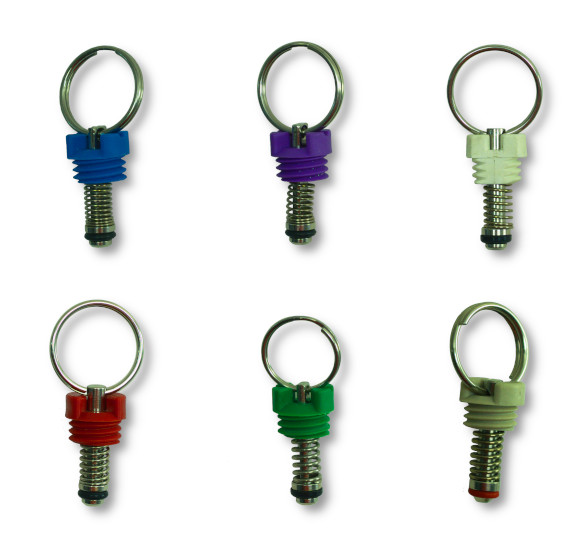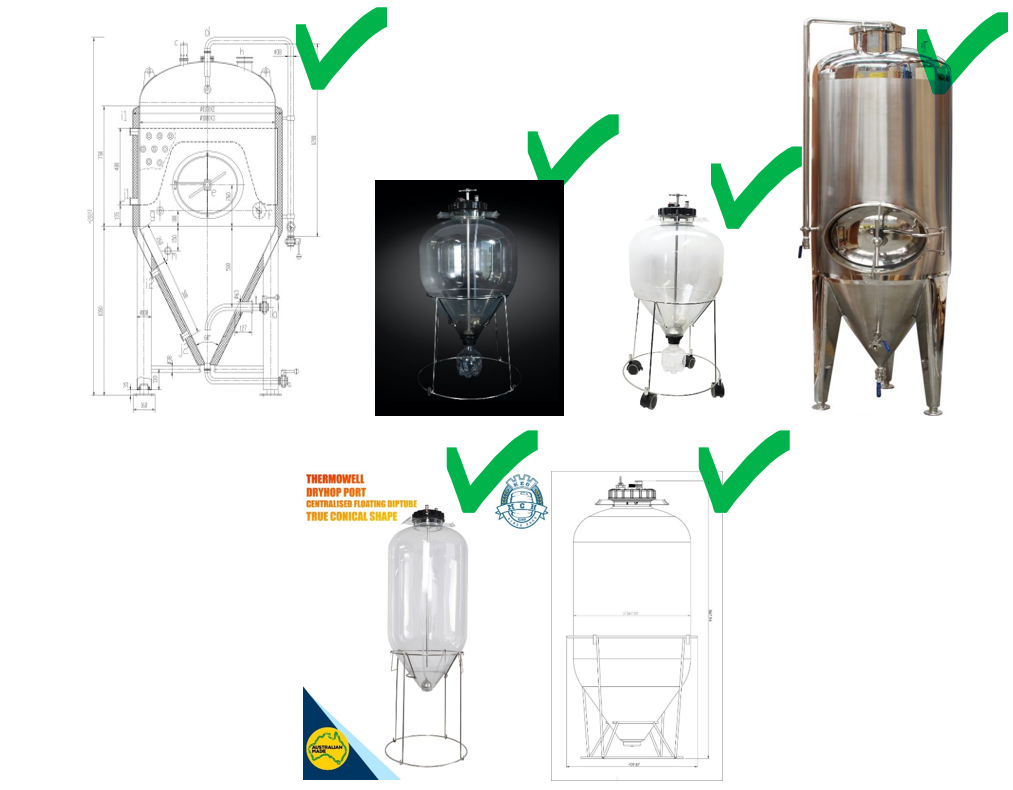Pressure Fermenting
I am new to pressure fermenting, what is the recommended pressure for fermenting?
Pressure fermentation allows for the suppression of some yeast ester formations. This means that the esters that would have been produced at higher temperatures can be supressed so temperatures can be raised to speed the fermentation process. We feel that the sweet spot for LAGER (spelled LARGER on most homebrew forums) fermentation is somewhere around 15psi or 1bar of pressure to help the beer remain crisp and help suppress the two no no’s in crisp lager which are banana and clove esters!
Higher pressures can be damaging to the yeast’s cell walls.
Ale fermentation, in general, seeks to nurture ester production so by keeping the pressure low, around 8 to 10psi, you’ll have virtually no detectable difference in flavour unless you’ve got a palate as sensitive as a gas spectrometer.




